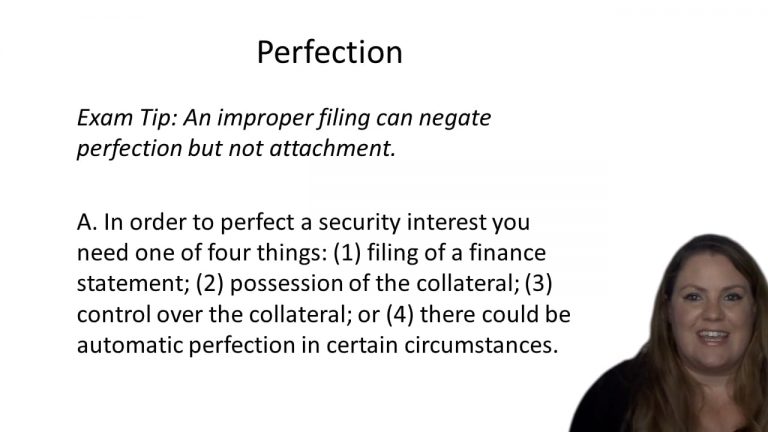SmartBrief
Confirm favorite deletion?
Secured Transactions Keyed to Lopucki
Peerless Packing Co. v. Malone & Hyde, Inc.
Citation:
376 S.E.2d 161 (W. Va. 1988)Facts
Appellants are twelve companies that supply wholesale products to grocery stores. Appellee is also a wholesaler of grocery products. John Kizer was appellee’s co-defendant. Kizer negotiated an agreement with appellee to purchase the business. Under this agreement, Kizer provided $50,000 for working capital that went into the purchase of inventory. Kizer opened the store. Many of the goods were supplied by the twelve appellant companies. By March 1983, appellee’s store was not successful. Kizer then signed a document presented by appellee called a Notice of Default and Transfer of Possession Agreement. This transferred all of Kizer’s rights in the store, equipment and inventory to appellee. Appellee assumed ownership of the store and began operating it with Kizer as manager. Appellants each sued Kizer for the unpaid accounts and also sued appellee on a theory of unjust enrichment.
Only StudyBuddy Pro offers the complete Case Brief Anatomy*
Access the most important case brief elements for optimal case understanding.
*Case Brief Anatomy includes: Brief Prologue, Complete Case Brief, Brief Epilogue
- The Brief Prologue provides necessary case brief introductory information and includes:
Topic:
Identifies the topic of law and where this case fits within your course outline.Parties:
Identifies the cast of characters involved in the case.Procedural Posture & History:
Shares the case history with how lower courts have ruled on the matter.Case Key Terms, Acts, Doctrines, etc.:
A case specific Legal Term Dictionary.Case Doctrines, Acts, Statutes, Amendments and Treatises:
Identifies and Defines Legal Authority used in this case.
- The Case Brief is the complete case summarized and authored in the traditional Law School I.R.A.C. format. The Pro case brief includes:
Brief Facts:
A Synopsis of the Facts of the case.Rule of Law:
Identifies the Legal Principle the Court used in deciding the case.Facts:
What are the factual circumstances that gave rise to the civil or criminal case? What is the relationship of the Parties that are involved in the case.Issue(s):
Lists the Questions of Law that are raised by the Facts of the case.Holding:
Shares the Court's answer to the legal questions raised in the issue.Concurring / Dissenting Opinions:
Includes valuable concurring or dissenting opinions and their key points.Reasoning and Analysis:
Identifies the chain of argument(s) which led the judges to rule as they did.
- The Brief Prologue closes the case brief with important forward-looking discussion and includes:
Policy:
Identifies the Policy if any that has been established by the case.Court Direction:
Shares where the Court went from here for this case.
Topic Resources
Topic Outline
Topic Refresher Course
Topic Charts & Notes

 4m 29s
4m 29s